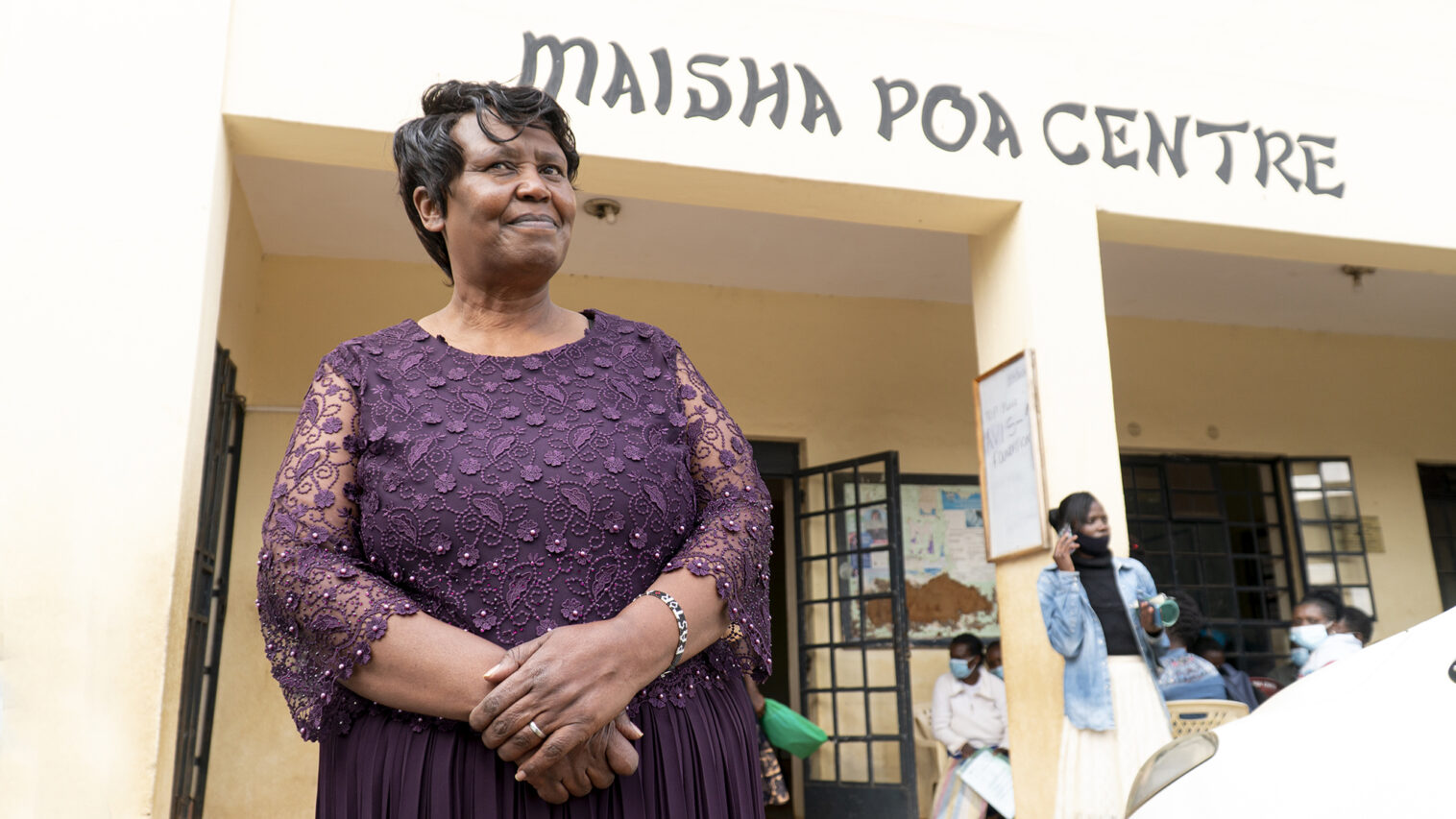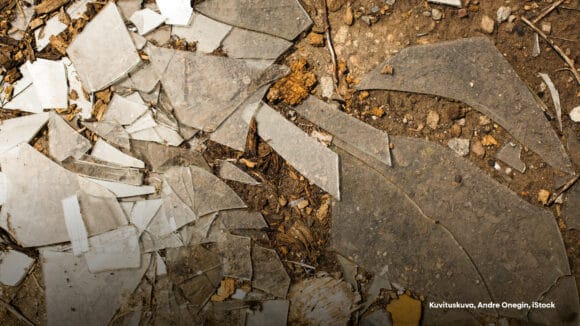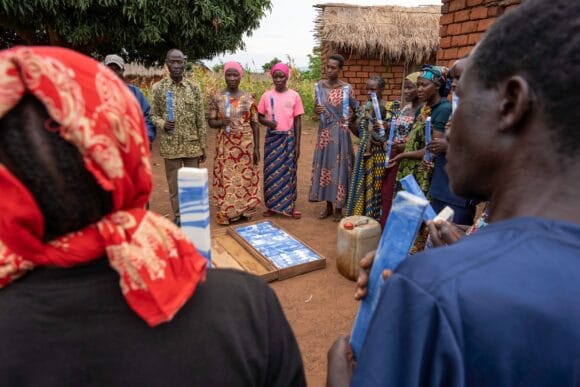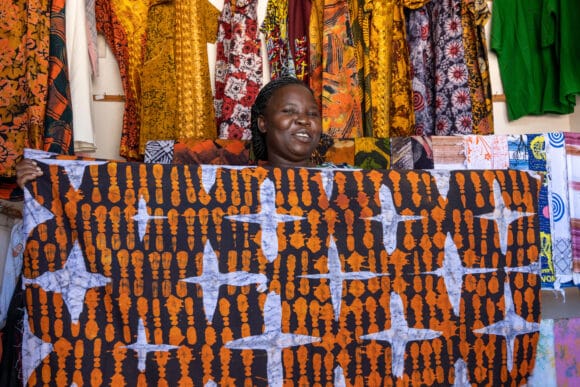Street children in Nairobi
An estimated 60,000 children live on the streets of Kenya’s capital, Nairobi. Poverty, violence at home, parental neglect, family breakups and forced evacuations are some of the reasons why they ended up there. Some children spend all their time in the street, others live on the street and return to their homes at night. Fida employees Paula and Sami Konttinen began the Street Children Project to address the plight of the Nairobi street children in 2001. Fida International with her local implementing partner, the Full Gospel Churches of Kenya (FGCK), built the Maisha Poa Center in 2006 to carry out the program and its activities. It is located in the slum of Kawangware. They work with children as young as nine years old.
“Children need hope”
Everyone refers to Mary Muturi as “Pastor Mary.” She came to Maisha Poa right at the beginning of 2006.
– I used to have a negative attitude towards street children. I thought they were unruly. I thought they were on the street because they are bad children, Mary confesses.
She came to realize, that ending up on the streets was unavoidable for many. They did not have a choice.
– The street is the only safe place for many. They have fled violence at home. Others are there because disease has taken away their father or mother, or both.
The street results in many other challenges and dangers. Children resort to sniffing jet fuel, glue, smoking bangi (marijuana) and drinking alcohol to help them cope.
Mary sits calmly behind her desk. She speaks slowly in a reassuring voice. Later, when touring the Center, the children flock around her and embrace her. She comes across as caring, protective, and kind.
– The street children touched me. They are just like any other children. Their circumstances have driven them to the street, she explains.
The name of the Center is “Maisha Poa.”
– The name means ‘Good Life.’ This is the name the street boys came up with. They have found it to be a shelter. They come here. They can wash. Get a hot meal. Talk. They experience the good life here, explains Mary.
– We get to know them and why they are on the street. Children need hope. They need to know things can change. They need healing.
To see lives changed
Maisha Poa focuses on the four “Rs”: rescue, rehabilitate, reintegrate and re-socialize. The program seeks to reintegrate the kids with their parents and relatives. Sometimes the situations have changed. The circumstances that drove them into the streets may be different. They go back to the relatives with the child to see if he could come back home. Sometimes it is possible, other times it is not. When Mary went with a boy back to his mother, she chased them away: “You have the blood of your father. You do not belong to me.” The feelings of being unwanted and abandoned were reinforced. Maisha Poa is not equipped to address all the issues that a child may have. This is why they work closely with the government of Kenya and other organizations. They refer kids to the appropriate bodies.
In one case, the father died. The mother was left to care for eight children. The boy who ended up at Maisha Poa wanted to relieve his mother’s burden. His solution was to leave. In the midst of heartbreak, there are many stories of joy. This is what keeps Mary and others going at Maisha Poa. Kevin lost his father. He went to the street to help his mother. He started sniffing glue. Mary found him in the streets and invited him to Maisha Poa. They enabled him to continue his secondary school. He went on to study at university. He graduated and got a job as an accountant.
– He is getting his first paycheck this month, Mary says. Her whole being changed as she recounted this story. Her smile was broad. Her whole being exuberated joy. There was a sense of “this is what we have done together. His life was changed.”
Why work with street children?
When asked why she does this work, Mary answered:
– It brings me joy, when I see change happen. I want people to have a seeing eye, not a looking one.
She explained the last statement: – I can look at you, but I don’t know you. If I stop and find out how you are faring, what you are going through, then I see you.
She pulls a 1,000 KES (10€) note from her purse. She crumples it in her hand. – If I took this note, crushed it, threw it in the dirt, and offered it to someone, they would gladly accept it. It has not lost any of its value. It still has the same worth as it did before it became soiled. This is the same with the children. They have the same value as any other child, even though they are living on the streets, states Mary.
This is the message she has been taking to the community. She reaches out to churches, pastors, and community leaders.
– I want everyone to see children as valuable before God, even though they may have problems.



